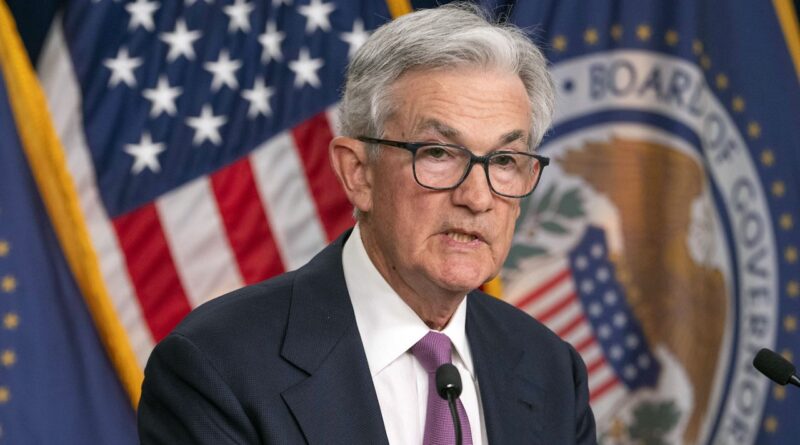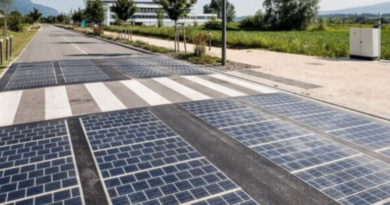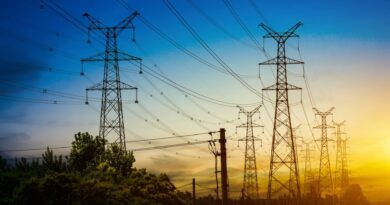What Powell’s interest rate comments mean for green investment
On Wednesday, Federal Reserve Chair Jerome Powell offered a two-part message to eager interest rate watchers. The Fed is unlikely to increase interest rates this year, but policymakers there are also not rushing to cut them from 5.25%-5.5%. “I don’t know how long it’ll take,” Powell said of when the Fed might cut rates.
Interests rate shape markets, and that’s especially true with renewable energy. Clean energy projects typically have high upfront costs, but are cheaper to run than their fossil fuel counterparts because they don’t require operators to continually purchase fuel. As a result, the price of clean energy is to a significant extent determined by the cost of the debt that developers take on when they first build the project.
Energy experts sometimes refer to what they call the levelized cost of electricity, or LCOE, to compare the cost of generating electricity over the lifetime of different facilities or energy sources. That figure incorporates all of the different costs associated with building and operating a plant from development to decommissioning. An April analysis from research and consulting firm Wood Mackenzie found that a 2-percentage point interest rate increase would lead to as much as a 20% spike in the LCOE for renewables. Power plants running on natural gas face only a 11% increase in the LCOE under the same interest-rate conditions.
At the same time, large oil and gas companies have enjoyed record profits over the last several years, giving firms deep pockets and leaving them less reliant on debt to finance projects.
The challenge that interest rates pose to renewable energy isn’t new. Indeed, it’s been a key point of discussion in energy and climate circles since inflation began to rise rapidly post-COVID. But what is new is the prospect of a longer period of sustained high interest rates. Billions in renewable energy projects have been announced in the time since the passage of the Inflation Reduction Act, but many projects still require final investment decisions. And higher interest rates risk causing the math not to add up.
The interest rate environment is a definite headwind, but there are still reasons to stay the course with renewable energy. Of course, the economics of wind and solar is highly location dependent.
In many places, they remain a good bet even with higher interest rates. In some places, including in Europe, governments have set decarbonization or renewable energy standards regardless of additional cost. Lastly, it’s worth considering that energy markets are dynamic, a trend which is bound to continue. A spike in fossil fuel prices driven by geopolitical stability or other unexpected developments could shift the math.
And then there’s the climate imperative. The energy infrastructure we build today will be around for decades and determine how far away we land from meeting climate targets. If interest rates remain high, policymakers keen to address climate change may need to look for new ways to continue to nudge the world toward cleaner energy sources, whether that’s the further development of carbon markets or implementing new mechanisms under discussion designed to reduce the cost of capital for clean energy.




